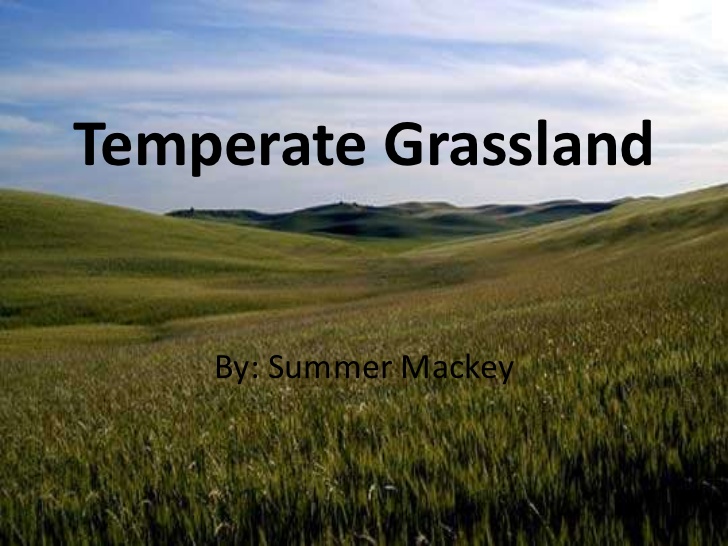The 400 million acres stretching from Canada to Mexico once had an abundance of wildlife unmatched anywhere else in North America. The symbiotic relationship between wildlife and the grasslands is what makes this place so special.Continue Reading Geography Notes – On Temperate Grasslands – For W.B.C.S. Examination.
Deep-rooted perennial grasses keep the deep soils intact and feed the abundant grazers including elk, pronghorn, deer and bison. In turn, as bison forage they disturb the soil with their hooves and disperse native seeds. Prairie dogs prefer lands grazed by bison for their colonies, and they in turn provide the prey base for many predators including black-footed ferrets, hawks, eagles, badgers and swift fox. Grassland birds such as mountain plovers and burrowing owls nest in prairie dog colonies.
These intricate connections are what provide for a healthy Great Plains environment. But today, the Great Plains are one of the most threatened, the most altered and least protected habitats in North America. Prior to European American settlement, these grasslands supported millions of bison, elk and pronghorn. Grizzly bears and gray wolves once roamed the plains, with scenes of natural selection a regular spectacle.


 +919674493673
+919674493673  mailus@wbcsmadeeasy.in
mailus@wbcsmadeeasy.in







































































































